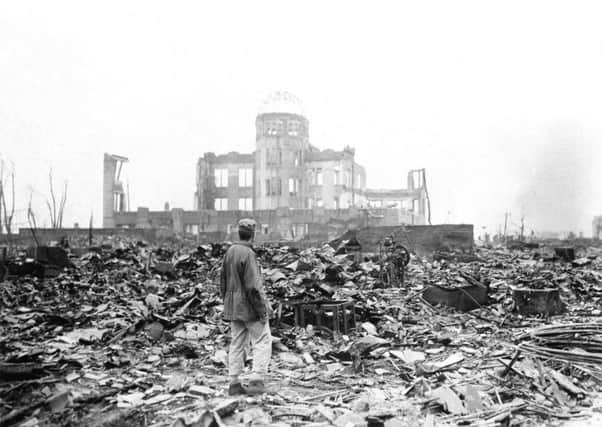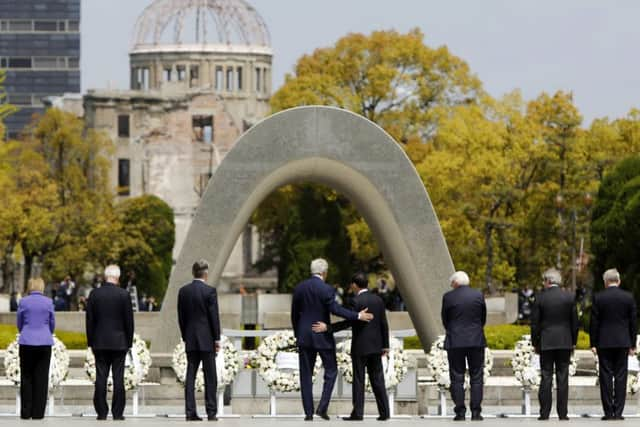The world has come close to nuclear war and it is astonishing it has not yet happened


You correctly compare the awfulness of Auschwitz with what occurred in Hiroshima (which I have visited) on August 6 1945, and I might add, Nagasaki, which took place a few days later.
Asphyxiation and incineration on a grand scale were the means of destruction and obliteration of humankind in both Hiroshima and Auschwitz – not, I suggest, unlike the clinical mass destruction of unborn humankind in the modern era.
Advertisement
Hide AdAdvertisement
Hide AdWhile the scale of death caused by the nuclear bomb explosion was enormous, so was the scale of death caused by conventional US bombing of Japanese cities prior to Hiroshima and Nagasaki; for instance on March 9/10, 1945, 300 American B-29s fire bombed Tokyo, destroying 250,000 buildings and killing more than 100,000 people.


Major cities throughout Japan suffered a similar fate, for example Nagoya which I have also visited.
You seem to suggest that such was the destruction caused by US atomic bombing of Japan (small beer by modern atomic bomb standards) that they will never again be used in anger.
Sadly, I do not agree.
In my life-time the world has come close to nuclear exchange a good number of times. It is astonishing that nuclear destruction, on an unimaginable scale, has not yet happened.
Micheal O’Cathail, Fermanagh